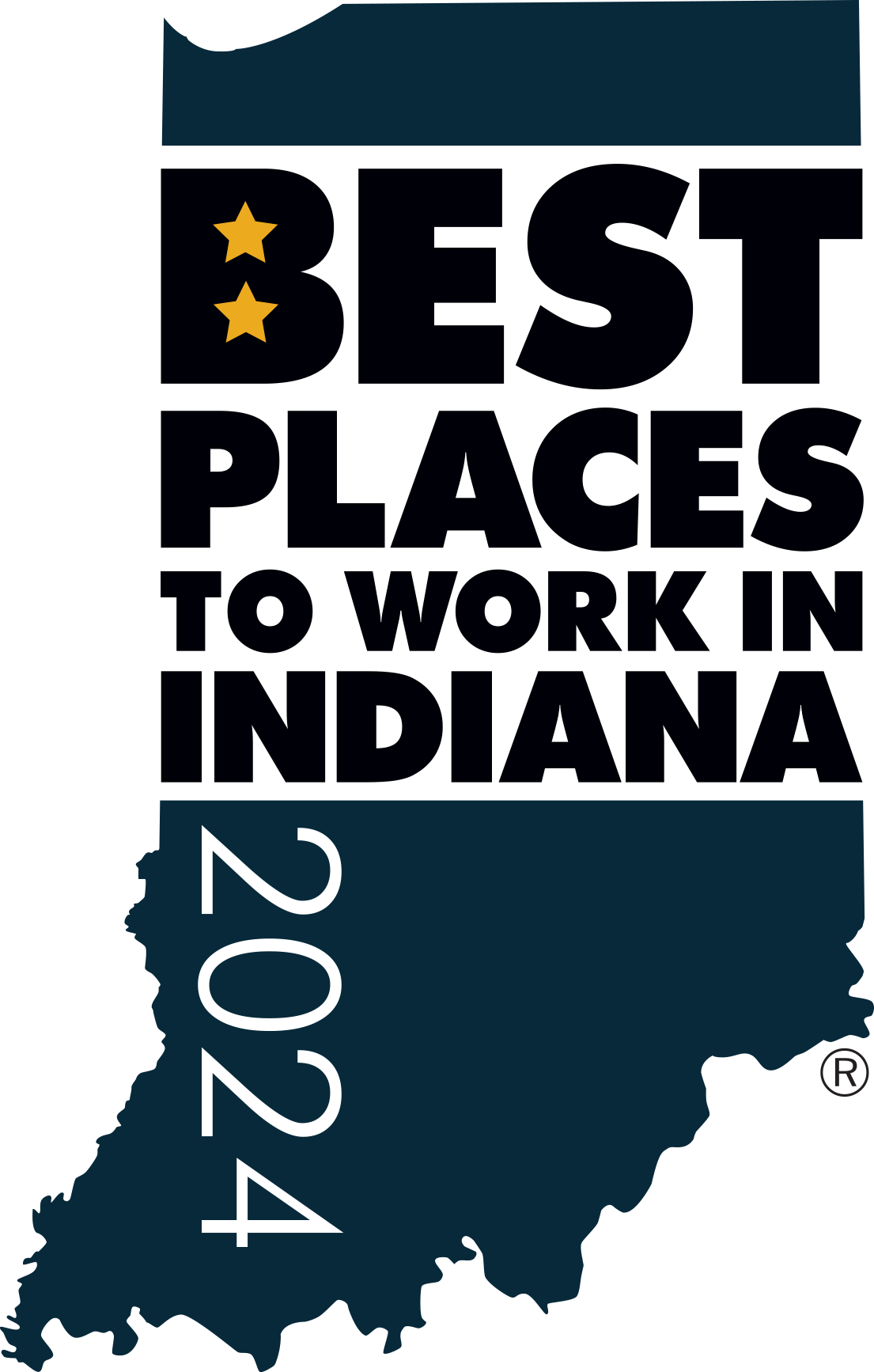Collaborative Audit Culture – Part 3
By Kent Burns, CPA and Rick Walke, CPA, CIA, CRMA
This is third and final piece (for now) on creating a Collaborative Audit Culture. Part I addressed the art of verbal communication. Part II described some ways to move from concept to practical application. We conclude here by discussing how to operate in a collaborative environment without impairing independence and objectivity.
Independence and Objectivity
The Institute of Internal Auditors International Standards for the Professional Practice of Internal Audit (or simply the Standards) define independence as “freedom from conditions that threaten the ability of the internal audit activity to carry out internal audit responsibilities in an unbiased manner.”
Likewise, the Standard defines objectivity as “an unbiased mental attitude that allows internal auditors to perform engagements in such a manner that they believe in their work product and that no quality compromises are made.”
Practically speaking, objectivity is a state of mind, and independence is a reporting relationship.
Mutually Exclusive?
Naysayers maintain that collaborative auditing, independence and objectivity are mutually exclusive events. Although this is much easier said than done, independence and objectivity can exist in a Collaborative Audit Culture.
The Secret: Collaborate, Don’t Accommodate
The secret to a successful Collaborative Audit Culture lies in understanding the difference between the audit itself and the relationship between Internal Auditors and those they audit. This is an important distinction. We’re not talking about the organizational reporting relationship of Internal Audit. Rather, we’re talking about the relationship between auditor and audit client. That’s where the magic happens.
The audit is objective; the relationship is subjective. The audit produces evidence; the relationship produces emotions. Emotions influence behaviors. Behaviors impact collaboration. Auditors must exercise judgment; they must maintain a level of professional skepticism. At the same time, they are striving to present themselves as colleagues who can be trusted, valued and help solve problems, while (most importantly) making sure systems, processes and controls are protecting the business.
That’s a pretty tall order. To complicate matters, internal auditors are often inexperienced business people relative to the co-workers they are auditing. They’re often inexperienced business people, period. They are often subordinate in both level and title as well. The interpersonal, organizational and emotional dynamics at work are complex. So it’s not a big stretch to see how internal auditors can find themselves going with the flow, following checklists, explaining away findings and…accommodating vs. collaborating.
Internal auditors must be properly trained and managed as they deal with these complexities. Hands-on management of staff, through strong and effective engagement level Quality Assurance and Improvement Programs, will reveal areas where accommodation has taken the place of collaboration.
It’s the CAE’s responsibility to model and teach the right behaviors to the internal audit team. Use actual or hypothetical scenarios to create staff awareness of potential signs of accommodating. Help auditors understand that not only is accommodating bad for the organization; it’s bad for them personally. Operating in “accommodation mode” might feel good in the moment and meet an auditor’s desire to be liked, but it will do nothing to earn them the respect of business unit leaders and peers. The collaborative auditor can be engaging and likeable and still maintain a presence that commands respect and cooperation.
This approach works well with both those who see internal audit as a career path, and those who see themselves as “passing through”. The latter often possess promising business acumen, but have one eye on their next role in the organization. Training them in this regard re-orients their perspective.
LET’S Be Objective
Tony Robbins says, “Successful people ask better questions, and as a result, they get better answers.” Great auditors ask great questions. Great collaborative auditors ask great collaborative questions. For example:
“If my team came in and truly tried to understand your business…how could that be of value to you?”
“With regard to our relationship, how would you benchmark the current reality?”
“How can I work with you to change that reality in a way that will help us accomplish our goal?”
“What is this process designed to accomplish, and what could cause it to fail?”
“What are the biggest risks as you see them?”
A collaborative culture focuses on action, and it exists by aligning the right behaviors. It all starts with asking the right questions, the right way.
Pick One Area
As I’ve said before, it would be great if every area of your business would embrace this mindset and engage accordingly. It’s not going to happen. Find one area of the business where you can roll this out. Collaborate. Learn what works. Learn what doesn’t. Refine your approach. Share your success. Then, find one more.
The Bottom Line
Collaborative auditing is both art and science. The science is easy; it’s the art that takes you to the next level. Train your team and then continually challenge them to hone their craft.
About the Authors
Kent Burns is President of Simply Driven Executive Search, whose mission is improving the lives of both the clients and candidates they represent. A search industry veteran since 1999, Burns is a CPA with prior experience at PwC and KPMG. He also served as a Corporate Controller and Chief Financial Officer in both public and private companies.
Rick Walke is a 25-year veteran of internal audit in both large and small company environments. He is Vice President, Internal Audit and Compliance for FORUM Credit Union and is also on the Board of Governors for the IIA, Indianapolis Chapter.

